March 18, 1806
Stealing a canoe
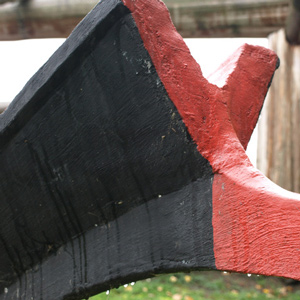
Fort Clatsop, OR After stealing a canoe, soldiers hide it near the fort. The captains write a short description of the expedition with the names of each member, and they distribute copies among the Indians.
Stealing a canoe

Fort Clatsop, OR After stealing a canoe, soldiers hide it near the fort. The captains write a short description of the expedition with the names of each member, and they distribute copies among the Indians.
Mapping unknown lands
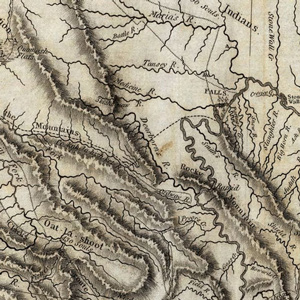
The captains worry about the men at the Salt Works in present Seaside, Oregon, and Clark finishes a map of their route. On it, he includes “the most practicable and navigable passage” over the Rockies.
An elk bonanza

Fort Clatsop, OR Shannon returns to Fort Clatsop with news of ten elk ready to be brought in. Lewis compares how he and the Chinookan Indians treat gonorrhea and syphilis.
Up to Packer Meadows
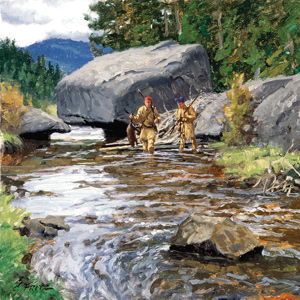
On the Northern Nez Perce Trail, the expedition stops at Lolo Hot Springs, and then after some difficulty finding the right trail, climbs the divide between the Bitterroot and Lochsa River drainages.
Intolerable road
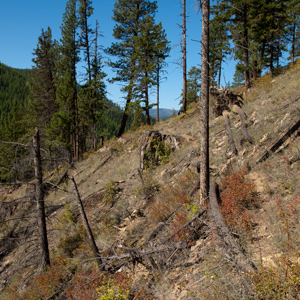
Moving up the Northern Nez Perce Trail, the “intolerable road” clings to steep hillsides above Lolo Creek in present Montana. The travelers camp at a small site without grass for their horses.
The Northern Nez Perce Trail
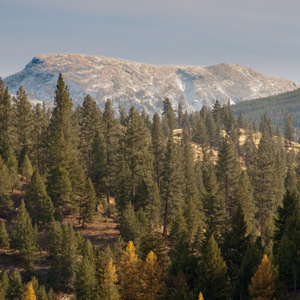
After looking for stray horses, the expedition heads up the Indian trail that follows Lolo Creek. They come across a painted tree and stay at a site where the ponderosa bark has been stripped for food.
The travelers rest

From Travelers’ Rest, hunters disperse in many directions. Pvt. Colter brings three Indians to camp, and the captains learn about the Northern Nez Perce Trail that will take them to the Clearwater River.
Up "Fish Creek"
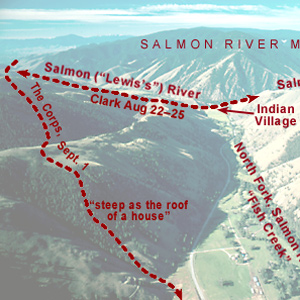
They climb out of Tower Creek where a horse rolls backwards, and York’s feet become so sore that he must ride a horse. They descend to the North Fork Salmon River where some men gig several salmon.
Charbonneau's corruption
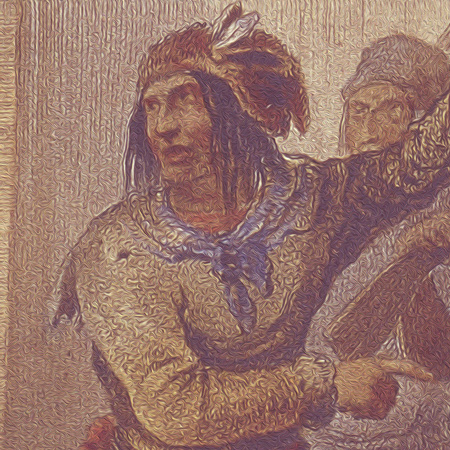
Fort Mandan, ND The captains accuse Toussaint Charbonneau of acting in the interests of local >fur traders and give him an ultimatum.
Cave-in-Rock hideaway

On or near this date, the expedition passes Cave-in-Rock—a hangout for the notorious Mason Gang. After a recent escape, the Mississippi Territorial Governor offers a $1,000 reward for their return.
Louisville viewscape
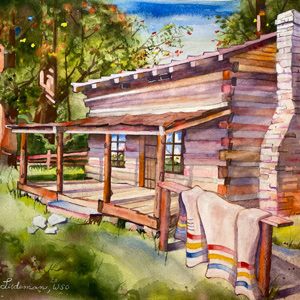
Lewis and Clark prepare for departure from the Falls of the Ohio. Other travelers describe the area’s geography including Clarksville, the home site of Revolutionary War hero George Rogers Clark.
Big Bone Lick
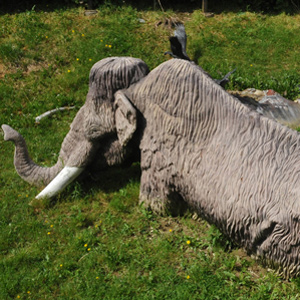
Lewis is likely at Big Bone Lick collecting fossils and fellow travelers Thomas Rodney and Nicholas Cresswell describe the diggings that he saw. Elsewhere, the U.S. Army expects problems with Spain.
Very bad riffles
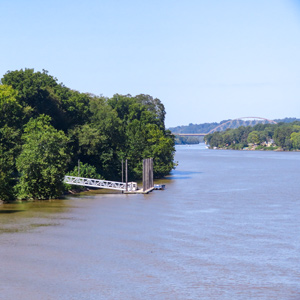
After delaying for fog, Lewis pushes his crew until nearly dark. They pass an area with trees marked by both Indians and settlers. At camp near present Ravenswood, West Virginia, the crew is exhausted.
Pittsburgh's "salubrious" air
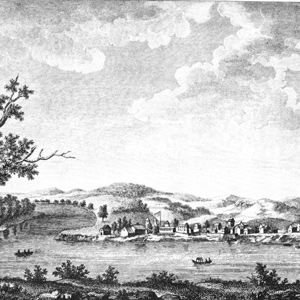
As he waits in Pittsburgh for the military barge to be completed, Lewis leaves little record of his day-to-day activities. Here, Pittsburgh’s air quality is described by other visitors.
Fort Duquesne
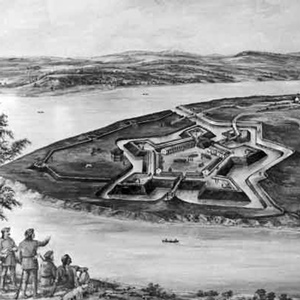
As he waits in Pittsburgh for the barge to be completed, Lewis leaves little record of his activities. Early travelers François André Michaux and Thaddeus Harris describe the ruins of Fort Duquesne.
Portable soup
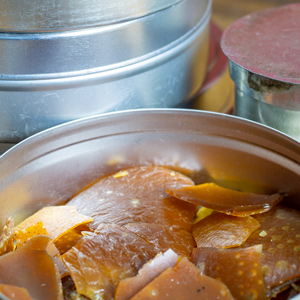
In Philadelphia, Israel Whelan buys 193 pounds of “portable soup”. While crossing the Bitterroot Mountains of Idaho, the travelers relied on the soup for emergency rations and later still, as medicine.
Louisiana Treaty completed
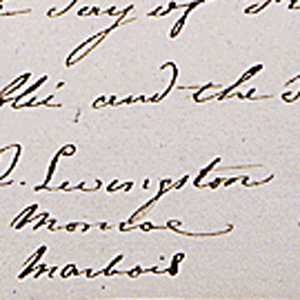
In Paris, France, Robert Livingston and James Monroe record the details of the Louisiana Purchase for James Madison. Also in Paris, B. G. É. L. Lacepède provides information about the Columbia River.
Spanish unease
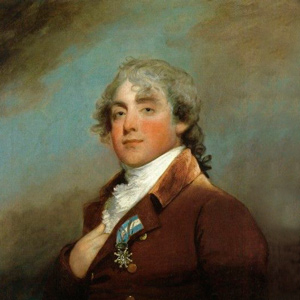
In Washington City, the Spanish minister to the United States writes an update on the progress of President Jefferson’s proposal to send an expedition to the Pacific ocean—an act Spain opposes.